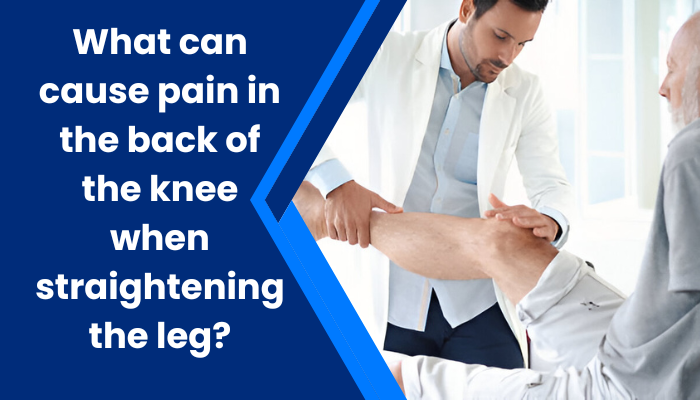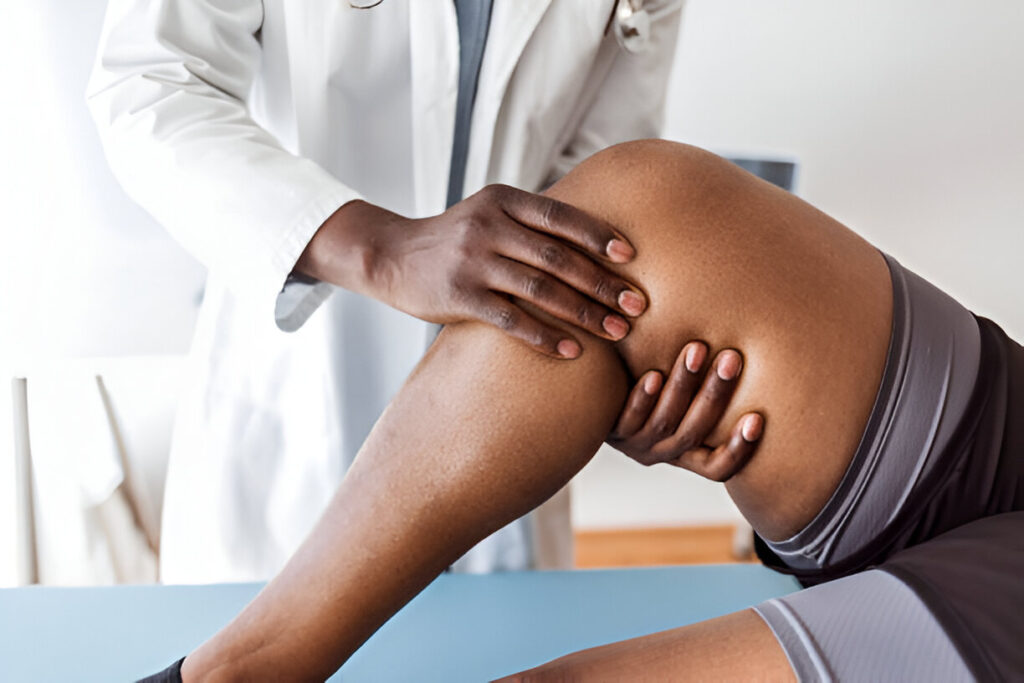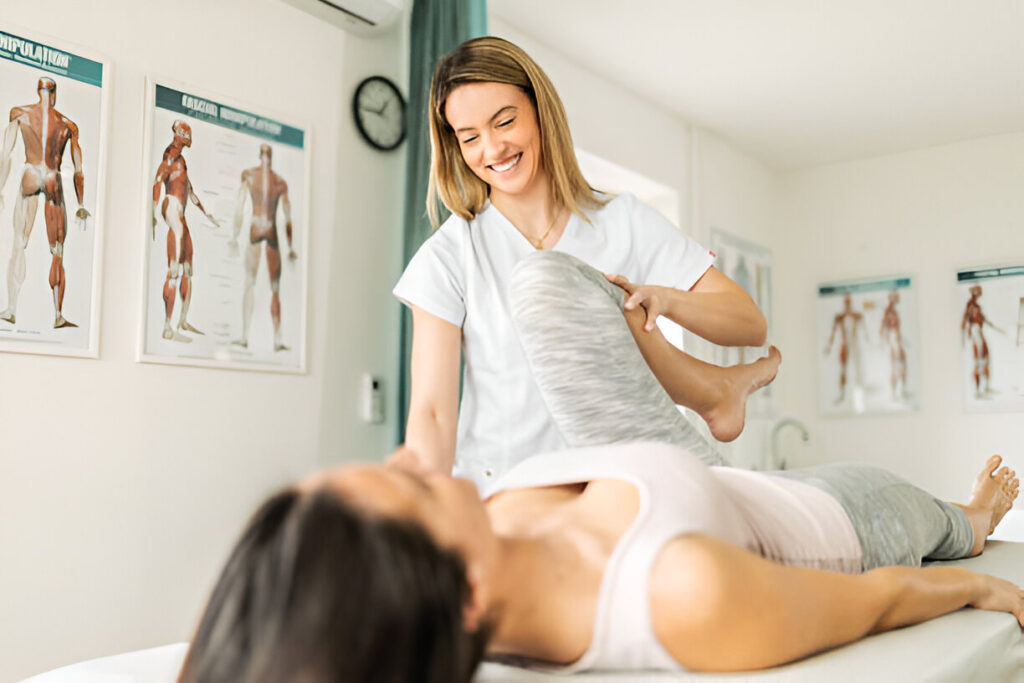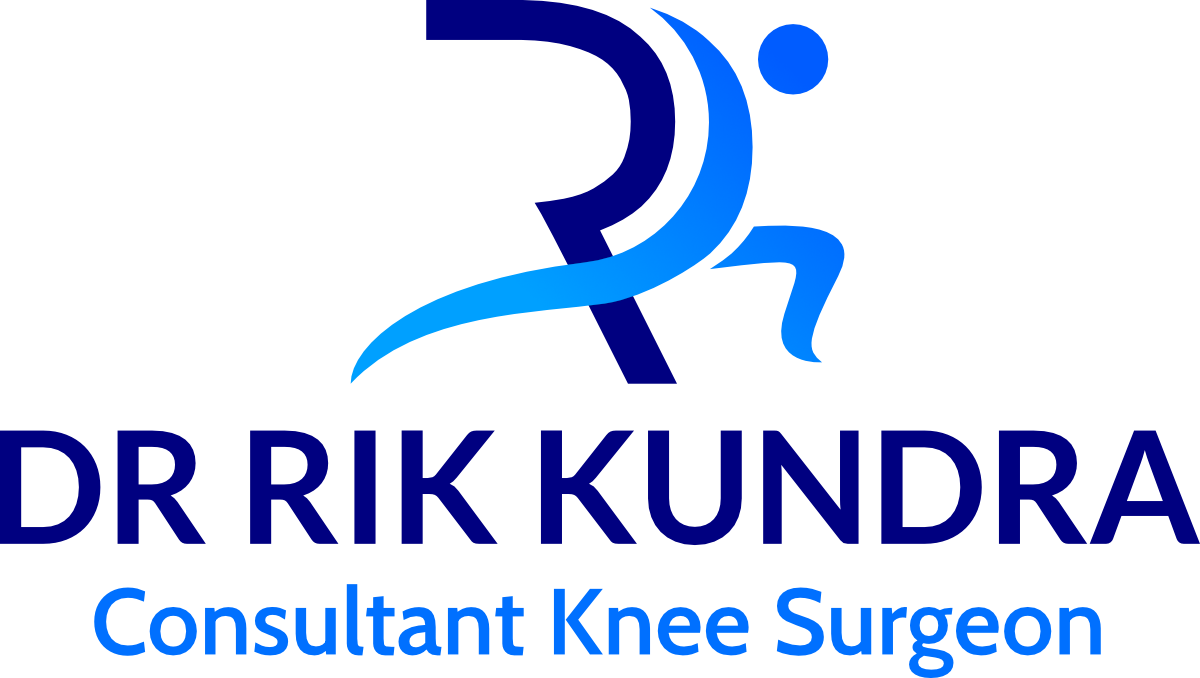pain in back of knee when straightening leg after sitting
Having pain in back of knee when straightening leg after sitting may be painful and distressing, particularly if it affects routine activities such as walking, going up and down stairs, or even rising from a chair. Although knee pain is a frequent complaint, pain in the back of the knee tends to signify specific underlying reasons that must not be overlooked.
The knee is a multilayered joint composed of bones, ligaments, tendons, and cartilage. The back of the knee, or popliteal area, holds various key structures responsible for leg support. If any of these elements is strained, injured, or inflamed, it may lead to pain in back of knee when straightening leg.

What symptoms to watch for, and when to see a doctor.
Common Causes of Pain in Back of Knee When Straightening Leg
1. Baker’s Cyst (Popliteal Cyst)
One of the most frequent causes of pain in back of knee when straightening leg is a Baker’s cyst. This fluid-filled sac occurs when there is an accumulation of excess joint fluid behind the knee, usually due to arthritis or a tear in the meniscus. Tightness, swelling, and pain are caused by the cyst, and it becomes more noticeable upon straightening or fully extending the leg.
You can notice that the pain intensifies after exercise or sitting for long durations. Numerous individuals report pain in the back of the knee when extending the leg after sitting for an extended amount of time, e.g., emerging from a car or standing up from a desk.
2. Hamstring Tendon Strain or Tear
The hamstring muscles have their origin at the pelvis and insertion at the back of the knee. Overuse or overstretching of these tendons can cause strain or a minor tear, resulting in localized pain at the back of the knee.
A pulled hamstring tendon will hurt when the leg is bent or extended. If you ever wondered, “The back of my knee aches when I bend and straighten it,” a hamstring problem is the likely culprit.
3. Meniscus Tear
The meniscus is a C-shaped piece of cartilage that provides a cushion between the shin and thigh bones. A tear at the back of the meniscus can cause pain at the back of the knee, especially when straightening the leg. Individuals usually develop knee clicking or locking, as well as stiffness and swelling.
This type of injury frequently happens because of twisting movements or trauma while engaging in physical exercises or sports. Pain in the back of the knee when straightening the leg with restricted mobility could be a sign of meniscus injury.
4. Popliteus Muscle Irritation
The popliteus is a small muscle located at the back of the knee, essential for unlocking the knee when moving from a straight to a bent position.
This kind of injury is most commonly brought on by overuse or ill-advised stretching methods. You may particularly feel pain in the back of the knee when extending the leg following sitting, when the joint transitions from rest to motion.
Other Possible Causes
Deep Vein Thrombosis (DVT)
Although less frequently, a leg blood clot (deep vein thrombosis) may also manifest as swelling and pain in the back of the knee. Deep vein thrombosis is an emergency and must be treated promptly, particularly if the symptoms involve redness, warmth, and swelling of the leg.
Arthritis
Osteoarthritis or rheumatoid arthritis may cause inflammation and pain in the knee joint, including back of knee pain when straightening the leg. The stiffness is usually worse upon resting or in the morning and with progressive movement.

Knee Bursitis
Inflammation of the bursae (tiny fluid-filled sacs that decrease friction) causes pain in the back of the knee. It usually results from repetitive motion or kneeling.
Symptoms That May Occur Along with Back of Knee Pain
When individuals say, “the back of my knee hurts when I bend it and straighten it,” they might also notice the following symptoms:
Swelling in the back of the knee
Stiffness or tightness
Popping or clicking feeling
Restricted range of motion
Weak or unstable knee
When to See a Doctor
While minor strains may resolve on their own with rest and home care, persistent or worsening back-of-the-knee pain should be evaluated by a healthcare professional. Seek medical attention if you:
Experience sudden, severe pain
Have visible swelling or bruising
Feel numbness or tingling in the leg
Are unable to bear weight
Notice signs of infection (redness, warmth, fever)
If you’ve experienced knee back pain when straightening your leg following several days of sitting with no relief, it’s advisable to see a doctor for an appropriate diagnosis.
Treatment Options
1. Rest and Ice
Painful minor injuries can be addressed by rest, ice packs, compression, and elevation (R.I.C.E.). Resting from high-impact activities may also alleviate inflammation.
2. Physical Therapy
Strengthening and stretching exercises by a physical therapist can enhance mobility and aid in recovery.
3. Medications
Over-the-counter anti-inflammatory drugs such as ibuprofen may also ease pain and swelling.

4. Shots
In the case of conditions such as arthritis or bursitis, corticosteroid injections could offer short-term relief.
5. Surgery
For meniscus tears, ligament sprains, or recurrent cysts, surgery might be required.
Also Read – When To Use Ice Or heat for injury ?
Prevention of Back of Knee Pain
The following are some tips to avoid back of knee recurring pain upon straightening the leg:
Exercise, warming up properly
Regular stretching of hamstrings and calf muscles
Avoid staying in the same position for long periods
Wear supportive shoes
Keep a healthy weight to minimize stress on the knees
Consult with Dr. Rik Kundra for pain in the back of the knee
If you’ve caught yourself saying, “The back of my knee aches when I bend and extend it,” or you’ve experienced ongoing back of knee pain when extending your leg after sitting, don’t brush it off.
Dr. Rik Kundra is a renowned knee specialist based in Dubai, with vast experience in joint preservation, biologic knee reconstruction, and managing severe knee conditions. He specializes in the use of the most conservative, joint-preserving approaches to solving knee arthritis.
Dedicated to furthering patient treatment, Dr. Kundra is diligently investigating and adopting new surgical methods that promote increased treatment success.
Dr. Kundra prioritizes a patient-centric approach, with each individual receiving treatment tailored specifically to his or her needs.
Frequently Asked Questions (FAQs)
Back of the knee pain upon straightening your leg when you sit is usually due to stiffness from immobility, swelling, or fluid accumulation such as a Baker’s cyst. It can also be due to irritation in the popliteus muscle or tight hamstrings if you have been in one position for so long.
If you have pain both on bending and straightening your knee, it may be caused by a hamstring tendon strain, meniscus tear, or knee bursitis. These conditions target the soft tissues surrounding the joint and can restrict your range of movement, with pain on moving.
Yes, prolonged sitting may indeed lead to back of knee pain if there is already inflammation or circulatory problems present. Excessive sitting, in some instances, can also exacerbate disorders such as a Baker’s cyst or even increase the risk of deep vein thrombosis (DVT), an acute medical condition.
Pain in the back of the knee when straightening the leg, without other symptoms, can be due to a mild strain, like a minor hamstring injury or incipient meniscus tear. It is not necessarily serious, but recurring or worsening pain must be evaluated by a knee expert like Dr. Rik Kundra to avoid further injury.
- Specialist Diagnosis & Treatment :-
Dr. Rik Kundra diagnoses the causes of back-of-knee pain, such as Baker’s cysts, meniscus tears, and hamstring strains, with the help of highly advanced diagnostic equipment.
- Personalized, Non-Surgical Care:-
He provides individualized treatment programs based on conservative methods such as physical therapy, lifestyle counseling, and pain management to restore knee function.
- Minimally Invasive Solutions:-
For chronic or serious conditions, Dr. Rik offers minimally invasive treatments to reduce pain, enhance mobility, and avoid permanent damage to joints.
Disclaimer
All content and media on this page are created and published for informational purposes only. It is not intended to be a substitute for professional medical advice and should not be relied on as health or personal advice. Meet Dr. Rik personally for appropriate medical diagnosis and advice.


